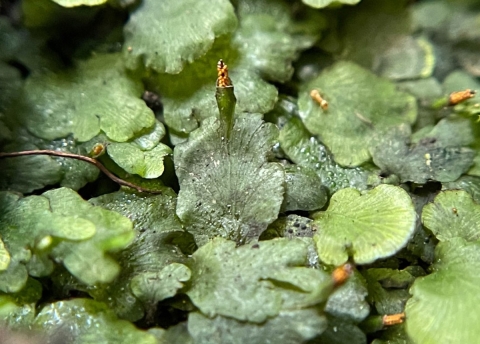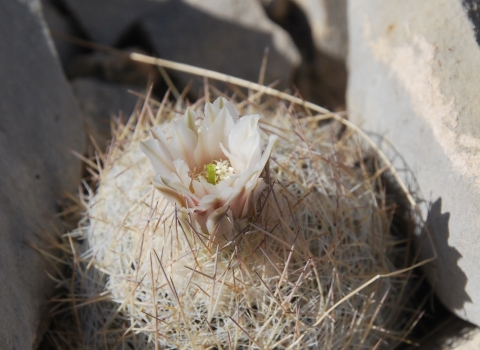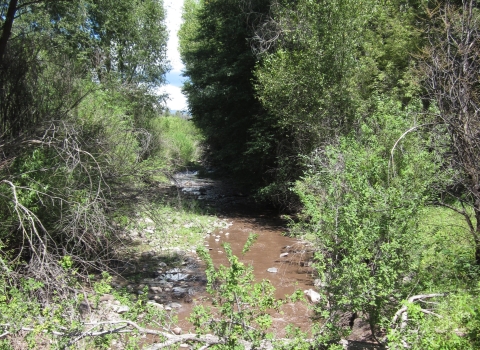The U.S. Fish and Wildlife Service is designating approximately 4,195 acres on 10 parcels as critical habitat for the rare Florida bristle fern under the Endangered Species Act (ESA).
The rule takes effect 30 days from publication in the Federal Register. The Service listed the Florida bristle fern, a plant found only in Miami-Dade and Sumter Counties, as endangered in 2015.
Substantive comments from peer reviewers and the public suggested expanding some of the units and adding parcels to the critical habitat designation during the comment period for the proposed rule in February 2020. Five parcels, Matheson Hammock, Snapper Creek, Castellow and Ross Hammocks, Hattie Bauer Hammock, and Fuchs and Meissner Hammocks, were expanded and one south Florida unit, Charles Deering Estate Hammock, was added. View the critical habitat for the Florida bristle fern here.
The Florida bristle fern is a tiny bright green mat-forming plant that grows in rock solution holes that create humid microclimates like a home terrarium. In Miami-Dade County, south Florida, four populations of the fern are found in rockland hammocks on county-managed conservation lands in Castellow, Hattie Bauer, Fuchs and Meissner hammocks. In Sumter County, central Florida, two populations grow in small hammocks on state-owned land in the Jumper Creek Tract of the Withlacoochee State Forest. Urban development, agricultural conversion, building canals and draining the land has modified or destroyed much of the plant’s habitat. The ESA requires, where possible, the Service to identify areas essential to the conservation of endangered or threatened species, which it terms critical habitat.
“Establishing critical habitat will raise awareness about this rare plant and focus the efforts of our conservation partners,” said Service Regional Director Leopoldo Miranda-Castro.
Critical habitat designations do not affect land ownership or establish a wildlife refuge, reserve, preserve or other conservation area conservation area
A conservation area is a type of national wildlife refuge that consists primarily or entirely of conservation easements on private lands. These conservation easements support private landowner efforts to protect important habitat for fish and wildlife and major migration corridors while helping to keep agricultural lands in production.
Learn more about conservation area , nor does it allow the government or public to access private lands. The designation of critical habitat on private land has no impact on individual landowner activities unless they also involve activities by a federal agency or require federal funding or permits.
The Service considered whether the designation would result in significant economic impacts to local small businesses and determined that it would not.
All the occupied parcels are considered essential to Florida bristle fern conservation because they contain the physical and biological features necessary for this plant to survive and reproduce. The unoccupied parcels are considered essential because they provide areas of suitable habitat to increase distribution and additional Florida bristle fern populations across the species’ historical range.
The rule, comments, economic analysis and supporting documents are available at http://www.regulations.gov, Docket No. FWS–R4–ES–2019–0068. Persons who use a telecommunications device for the deaf (TDD) may call the Federal Relay Service at 800-877–8339.
Visit our Frequently Asked Questions for more information about this rule.




